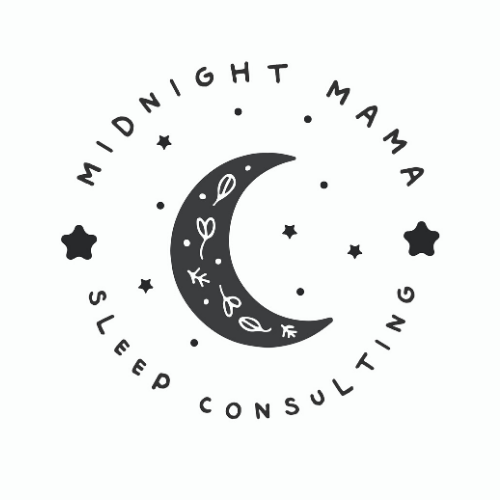How to Use an On-The-Go Nap
One of the worst things as a new parent ready to conquer the world, is to be nap trapped. I vividly remember working with a sleep consultant when my oldest was very young, and feeling a little suffocated when I would think of all of the time we had to spend at home. My son’s awake time was only 1hr and 15mins and that was hardly enough time to feed him, feed myself, and do literally anything else. That’s when I discovered…he slept amazingly in his carseat.
When we’re piecing sleep together as a whole, naps and nighttime are much more intertwined than you think. When a baby is struggling with their nighttime sleep, many health care providers (family doctors, I’m looking at you), will recommend cutting a nap to make the child more tired before bed. What they don’t necessarily realize, is that by doing so, you’re making them overtired, and overtired is a different level of fussy. Sometimes when kiddos get overtired, they’re bouncing off the walls like they’ve completely forgot they were tired. Being overtired triggers the body’s natural cortisol production, which makes your baby much more hyper than they should be. This results in a harder time falling asleep, broken sleep, and irritability.
The easier answer is - let them sleep…to an extent.
I always recommend that families follow awake windows to help guide their day-time rest periods, but once you’re on a pretty routine sleep schedule with your baby, we’re looking at 80/20 consistency. Using on-the-go naps can help you get out of the house, while still letting your little one get the sleep they need! If you’re planning on using an on-the-go nap, motion often works best. Hands-free motion being the ultimate ideal!
My 3-favourite spots for an on-the-go nap are:
The Carseat
The Stroller
Baby Carrier/Baby Wrap
When using an OTG nap, I recommend still using your child’s awake windows as a guide to help determine when their next appropriate rest period should be. If their nap is usually around 9am, then plan to leave for your drive or walk around 8:55am. This way you’re setting up your baby well to be tired enough to actually fall asleep in your desired location.
A few other things that can help improve the quality of the OTG nap (but not a necessity) would be:
Portable noise machine
Dark carseat or stroller cover
The thing with OTG naps is, they generally last for 1 sleep cycle. It’s very normal for a baby to fall asleep well, but then only sleep for a 30-45 minute period without going back to sleep. If this happens to you, then you’re still going to want to do a full wake-window after that short nap to help determine when the next nap will be.
Despite our best efforts, some babies will NOT sleep anywhere but their crib, so if your baby is like that, then you’ll want to ensure they have at least 1 great crib nap before attempting to skip a nap later on in the day.
OTG naps are not one of my favourites - especially once my babies were on a 2-nap schedule, but when they were on a 3/4 nap schedule, I was always using the carseat to get my errands done.
If you’ve found yourself in a predicament where your baby won’t sleep anywhere BUT the carseat or the stroller, then it may be worth chatting on the phone to see if sleep training with a sleep consultant would be a good fit for your family.
